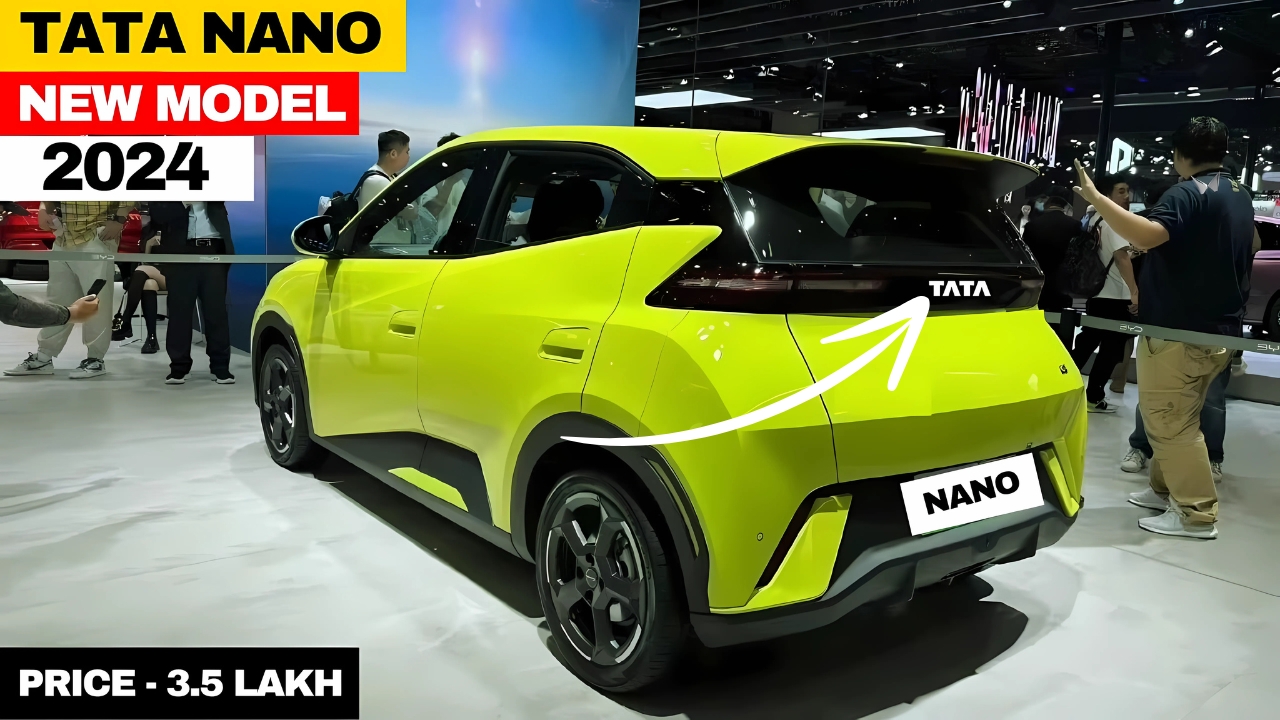In the annals of Indian automotive history, few vehicles have left as indelible a mark as the Tata Nano.
Introduced in 2008 with the ambitious goal of providing affordable personal mobility to the masses, this diminutive hatchback sparked a revolution that continues to reverberate through the industry.
The Birth of a Dream
The Nano’s origins can be traced back to the early 2000s, when Tata Motors’ chairman, Ratan Tata, envisioned a car that would be accessible to the vast majority of Indian consumers.
At the time, the country’s burgeoning middle class was largely relegated to two-wheelers or used cars, with the prospect of owning a brand-new, four-wheeled vehicle seemingly out of reach.
“Mr. Tata’s vision was to create a car that would transform the lives of millions of Indians,” said Girish Wagh, Tata Motors’ head of passenger vehicles. “He wanted to make the dream of car ownership a reality for the common man.”
Defying Conventions
The Nano’s design and engineering were a radical departure from the norm. Instead of following the traditional approach of scaling down a larger car, Tata’s team started from scratch, designing the Nano as a purpose-built, entry-level vehicle.
The result was a compact, rear-engined hatchback that measured just over 3 meters in length and weighed a mere 600 kilograms.
Under the hood, a 624cc, two-cylinder engine provided modest but adequate power, delivering a fuel efficiency of around 23 km/l.
“The Nano was never meant to be a luxury car,” explained Wagh. “It was designed to be simple, functional, and above all, affordable.
Every design decision was made with the goal of keeping the cost as low as possible.”
A Pricing Revolution
Perhaps the Nano’s most revolutionary aspect was its pricing. When it was first launched, the base model carried a sticker price of just ₹1 lakh (approximately $1,400 at the time), making it the world’s most affordable new car.
This aggressive pricing strategy was a bold move, as it challenged the conventional wisdom that entry-level cars had to be basic, stripped-down models.
The Nano, on the other hand, offered features like power steering, air conditioning, and a music system as optional extras, catering to the aspirations of the Indian consumer.
“The Nano wasn’t just a car; it was a symbol of social and economic empowerment,” said industry analyst Rajesh Gupta.
“For many Indians, it represented the opportunity to upgrade from a two-wheeler to a four-wheeled vehicle, a tangible step up in their quality of life.”
Challenges and Controversies
Despite its revolutionary concept and pricing, the Nano’s journey was not without its challenges. The car faced a series of setbacks, including production delays, safety concerns, and a less-than-enthusiastic response from the market.
One of the biggest hurdles was the relocation of the Nano’s manufacturing plant from West Bengal to Gujarat, which led to production disruptions and a delay in deliveries.
This, coupled with negative publicity surrounding a few isolated incidents of fires in the early models, dampened the initial enthusiasm for the car.
“The Nano’s launch was not without its hiccups,” admitted Wagh. “But we remained committed to addressing the issues and continuously improving the product to meet the evolving needs of our customers.”
A Lasting Legacy
While the Nano may not have achieved the sales numbers initially envisioned by Tata Motors, its impact on the Indian automotive landscape is undeniable.
The car’s very existence forced established players to rethink their strategies and explore ways to make personal mobility more accessible to the masses.
“The Nano’s legacy extends far beyond its sales figures,” said Gupta. “It challenged the industry to think differently, to prioritize affordability and innovation over traditional notions of what a car should be.”
Today, the Nano may no longer be in production, but its spirit lives on in the proliferation of affordable, entry-level hatchbacks that cater to the needs of first-time car buyers and budget-conscious consumers.
The car’s influence can be seen in the design, pricing, and features of models from various manufacturers, all vying to capture a slice of the lucrative entry-level segment.
Tata Nano : A Visionary Idea That Shaped the Future
The Tata Nano may not have been a commercial success, but it will forever be remembered as a visionary idea that challenged the status quo and paved the way for a more inclusive automotive future in India.
Ratan Tata’s dream of providing affordable personal mobility to the masses may not have been fully realized, but the Nano’s legacy lives on.
It serves as a testament to the power of innovation, the importance of challenging conventional thinking, and the transformative potential of making the automobile accessible to the wider population.
As the Indian automotive market continues to evolve, the Nano’s spirit will undoubtedly continue to inspire new generations of engineers, designers, and entrepreneurs to push the boundaries of what’s possible in the quest for truly affordable and accessible personal transportation.
